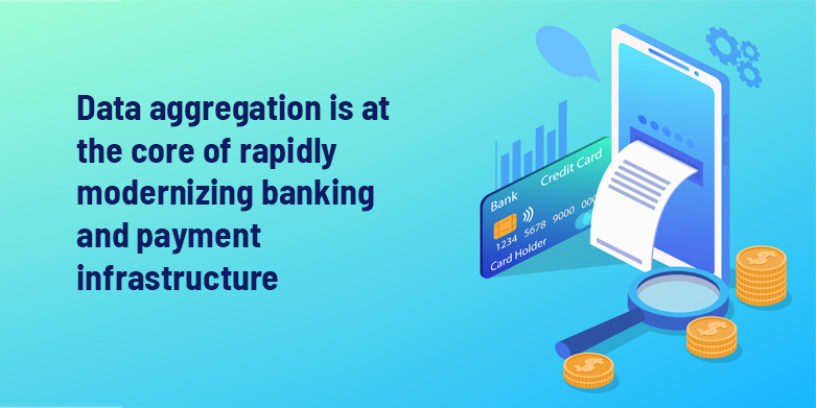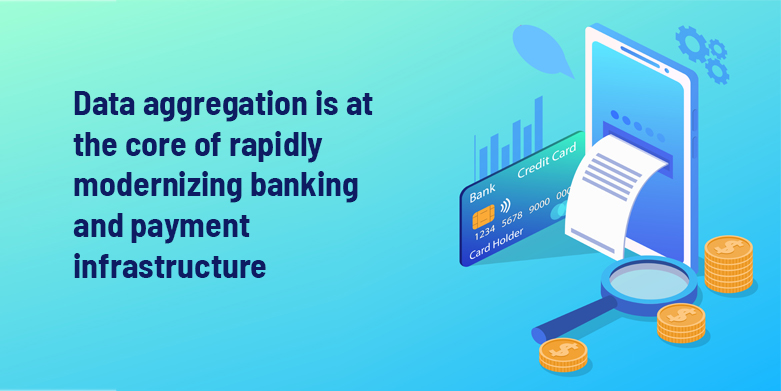 Read time 2 min
Read time 2 min
The second Payment Services Directive (PSD2) is set to revolutionize the payments industry, paving way for innovative and lucrative opportunities for payments organizations. But this will be a game changer and banks and every other player within the ecosystem need to harness this disruption to turn it to their advantage.
The directive mandates banks to connect and collaborate with payment service providers, give access to customer account data to initiate payments, while strongly emphasizing on tighter security, competition and innovative services. To comply with the regulation, industry players are now compelled to ensure robust risk aggregation, timely reporting that is comprehensive, accurate, and above all granular, to ensure transparency and efficiency.
It is evident that the new regulation has set the bar really high for data management and data processes. Which means financial institutions (FI) and banks really need to now pay very close attention to data aggregation to ensure it is accurate, standardized and accessible for all the stakeholder within the ecosystem. What players need is data aggregation service that comprises agile, adaptable and scalable process to ensure up-to-date, accurate and timely aggregation. While there are numerous reasons, we have listed 3 fundamental ones why aggregation of financial data is a formula for efficient, successful and profitable banking.
#1 Supports payments modernization: Data aggregation services are designed to manage layered and complex data structures. It helps standardize and integrate multiple data from various sources, build a single source of truth allowing banks to provide access to other stakeholders, initiate payments. This enables banks to create a single application programming interface (API) to build, authorize and store consents and financial data aggregation and payment initiation. This in turn helps seamlessly store, update, enrich and work with aggregated data, enabling banks to get on board with digital payment efforts and aggressive payments modernization initiatives.
#2 Provides comprehensive visibility: Data aggregation provides a 360° view of customers’ profile and finances. Such in-depth and holistic customer visibility not just allows banks and FIs streamline client onboarding process, but also engage with customers at a deeper level and cater to their preferences. It empowers banks to connect, cross-sell or upsell relevant and meaningful products and in turn drive sales while ensuring personalized customer experience.
#3 Facilitates robust data management: With Fintech companies on the rise data is pouring in on real time basis. While automation of data aggregation may seem like the right approach given the expansive data lake to be handled, ambitious data aggregation processes rarely make for solid foundation. To be able to successfully manage and use data to competitive advantage banks need to rely on practical, multi-phase and efficient data solutions, that can help build a robust base for subsequent, effective data-management improvements, allowing banks to successfully drive digital transformation.
The criticality of data in making right and timely business decisions cannot be overemphasized. So, apart from the obvious shift towards cashless, contactless, payments and banking, quick access to accurate data is absolutely indispensable for making the right decisions at the right time. And the only way banks and FIs can extract meaningful insights and use data to its full potential is through efficient data aggregation.
Data is at the core of successful banking and Springbord has been helping its clients build stronger customer relationships, digitize banking and realize significant value. Talk to us today to find out more about our services.







